MEDIGATE System: An Evaluation of its Use in Healthcare Settings
VerifiedAdded on 2021/05/27
|12
|685
|26
Report
AI Summary
This report provides an overview of the MEDIGATE system, a medical examination tool designed for healthcare professionals. It explores the system's introduction, outlining its purpose in facilitating patient examinations and data tracking. The report delves into the use cases of MEDIGATE, emphasizing its icon-based data entry and modification features, allowing physicians to record patient details and represent findings graphically. The evaluation section discusses the methodology used to assess the system's effectiveness, efficiency, and user satisfaction, including the application of the IMPACT model. Usability, adaptability, and efficiency were assessed in a controlled clinical setup. The report concludes with a summary of the evaluation's findings, highlighting the importance of user-centered design in healthcare technology. The report references key literature related to human factors, usability, and clinical pharmacology.
1 out of 12
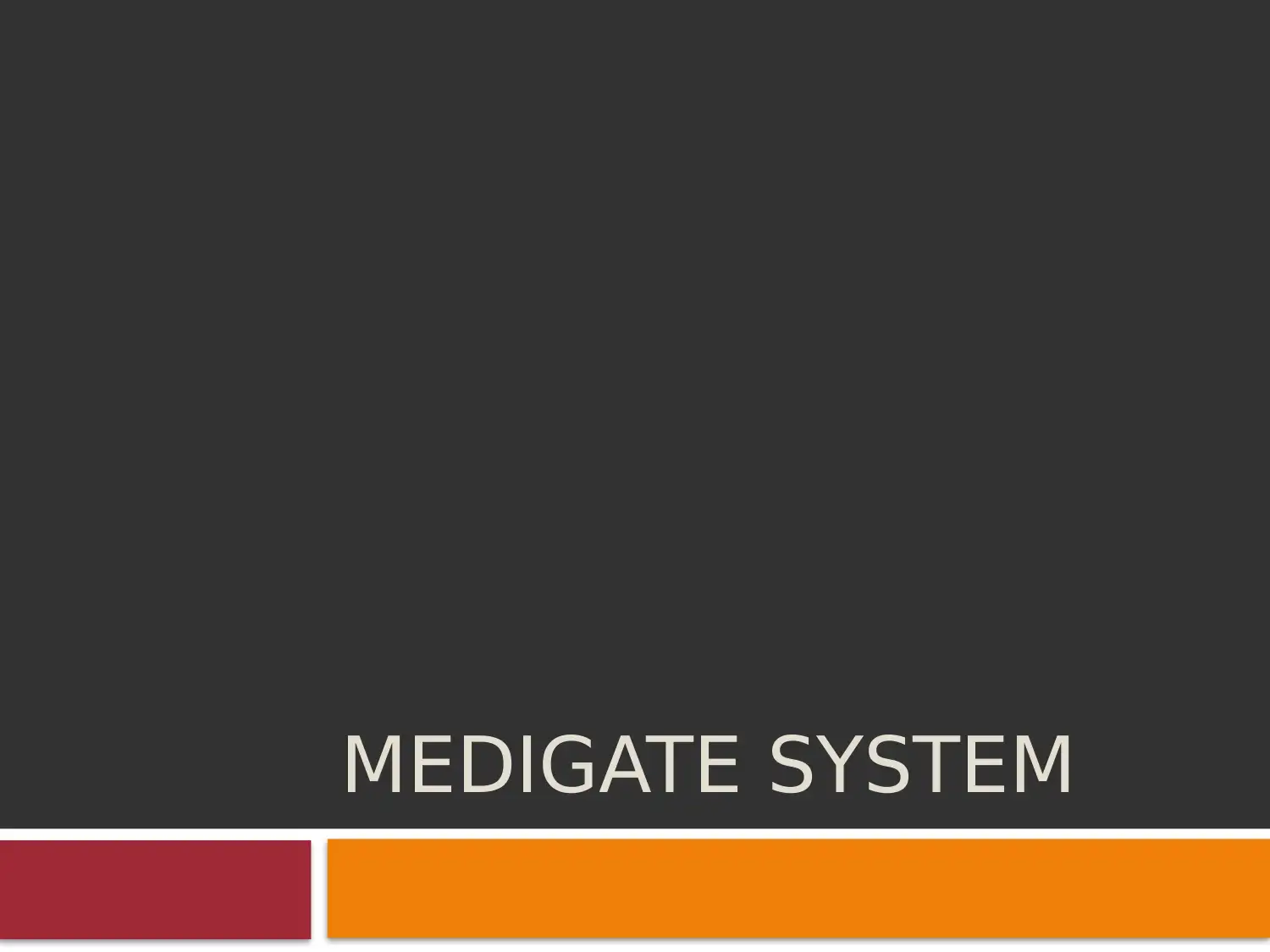
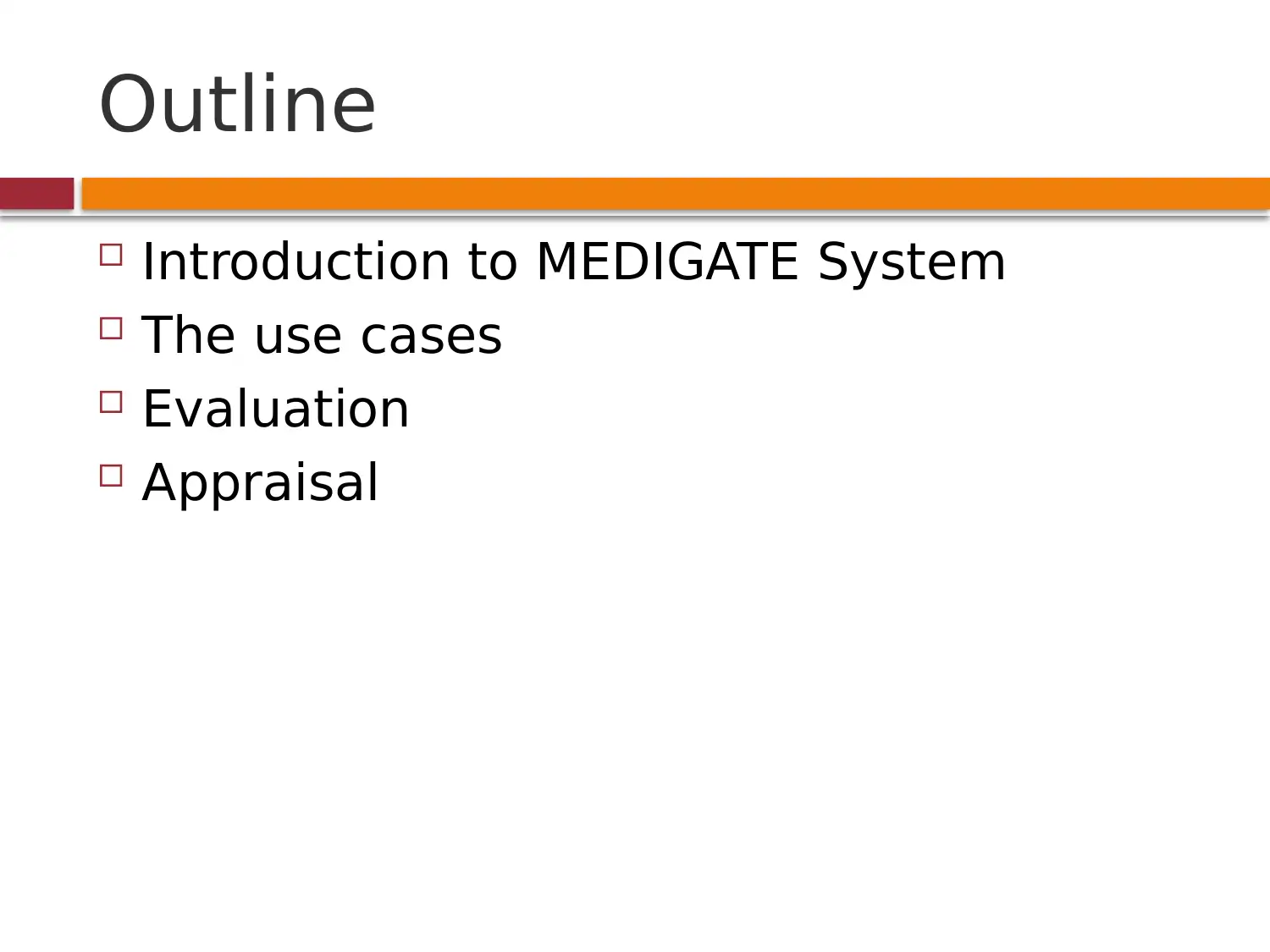
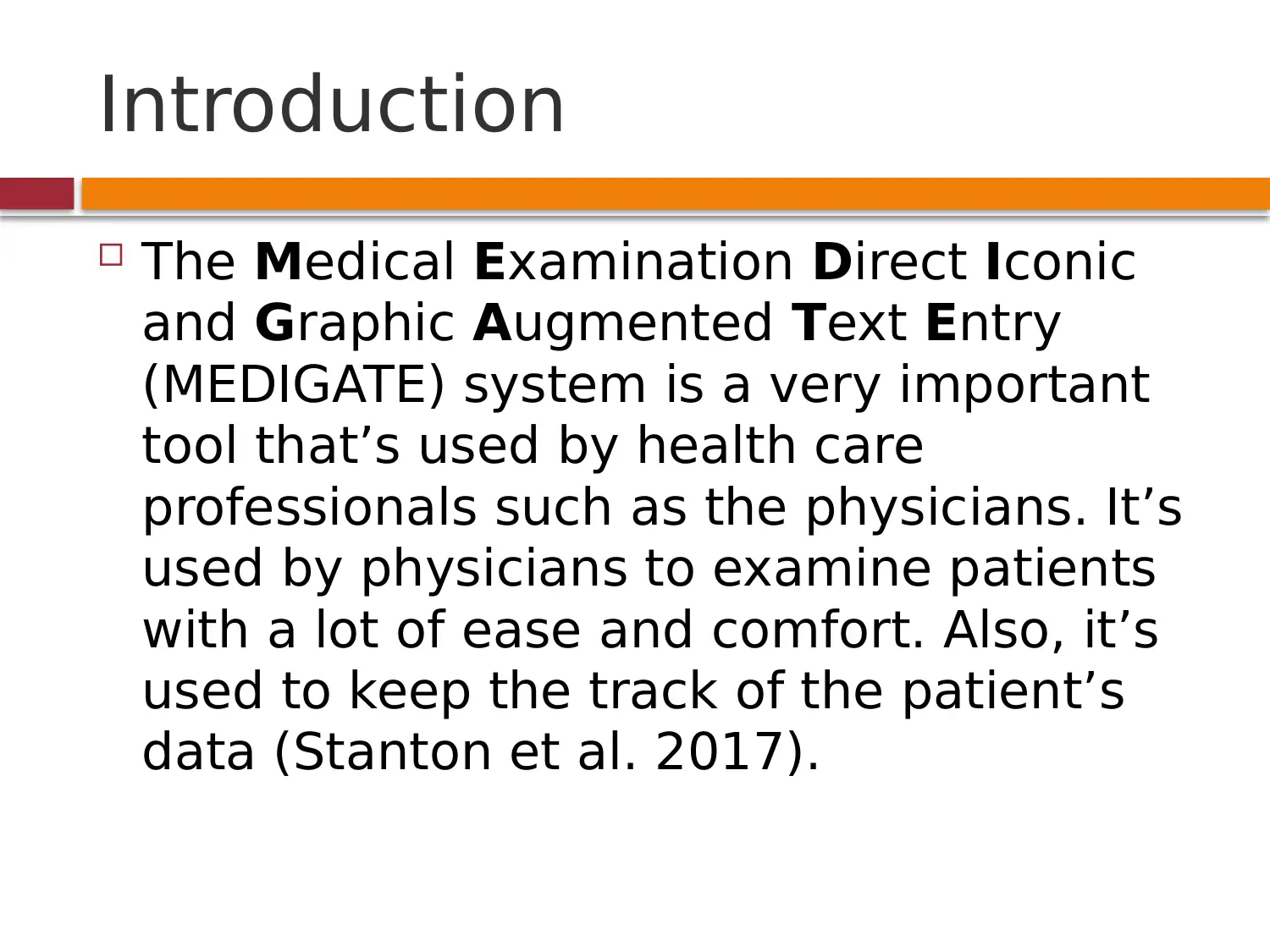

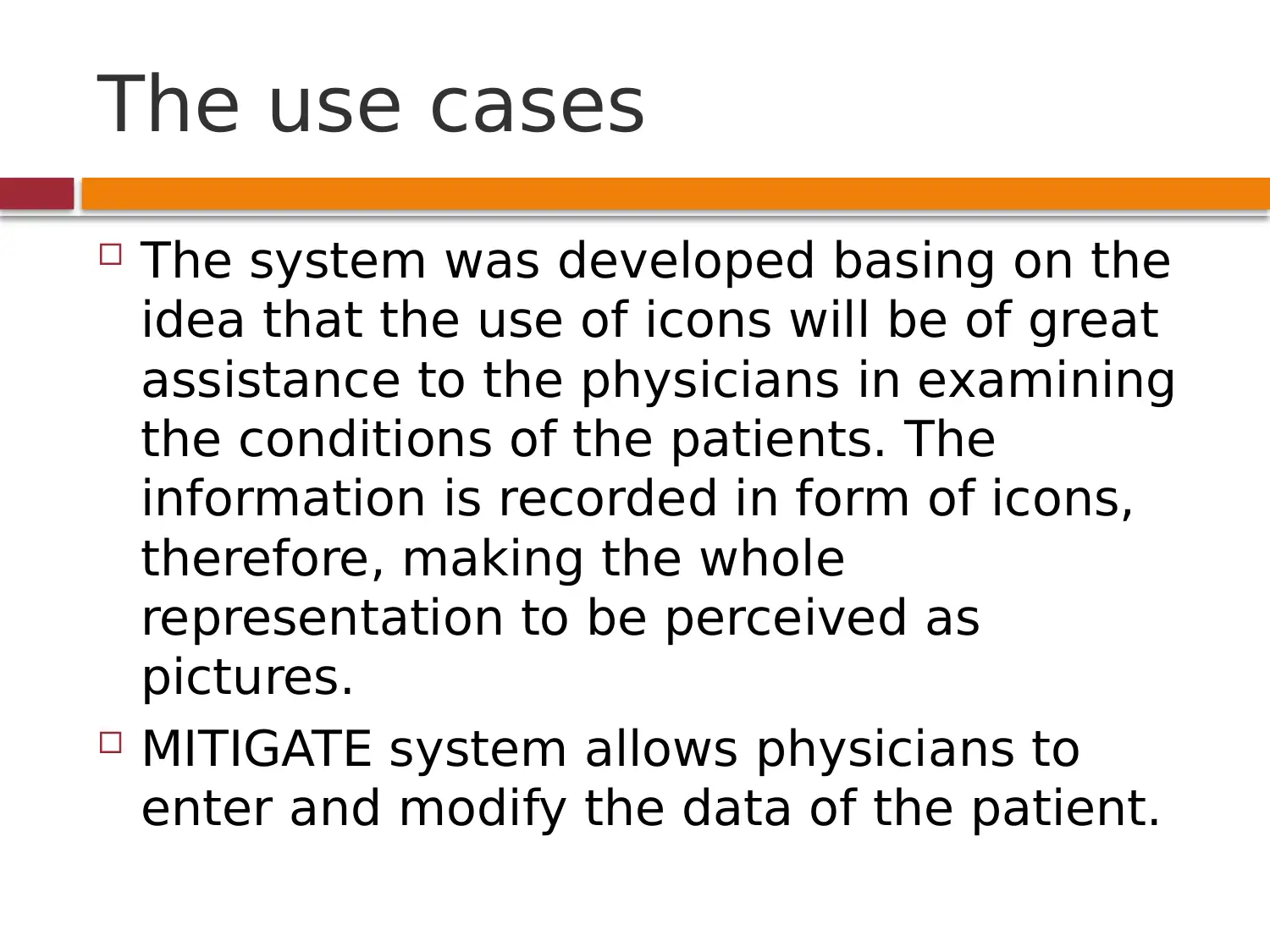
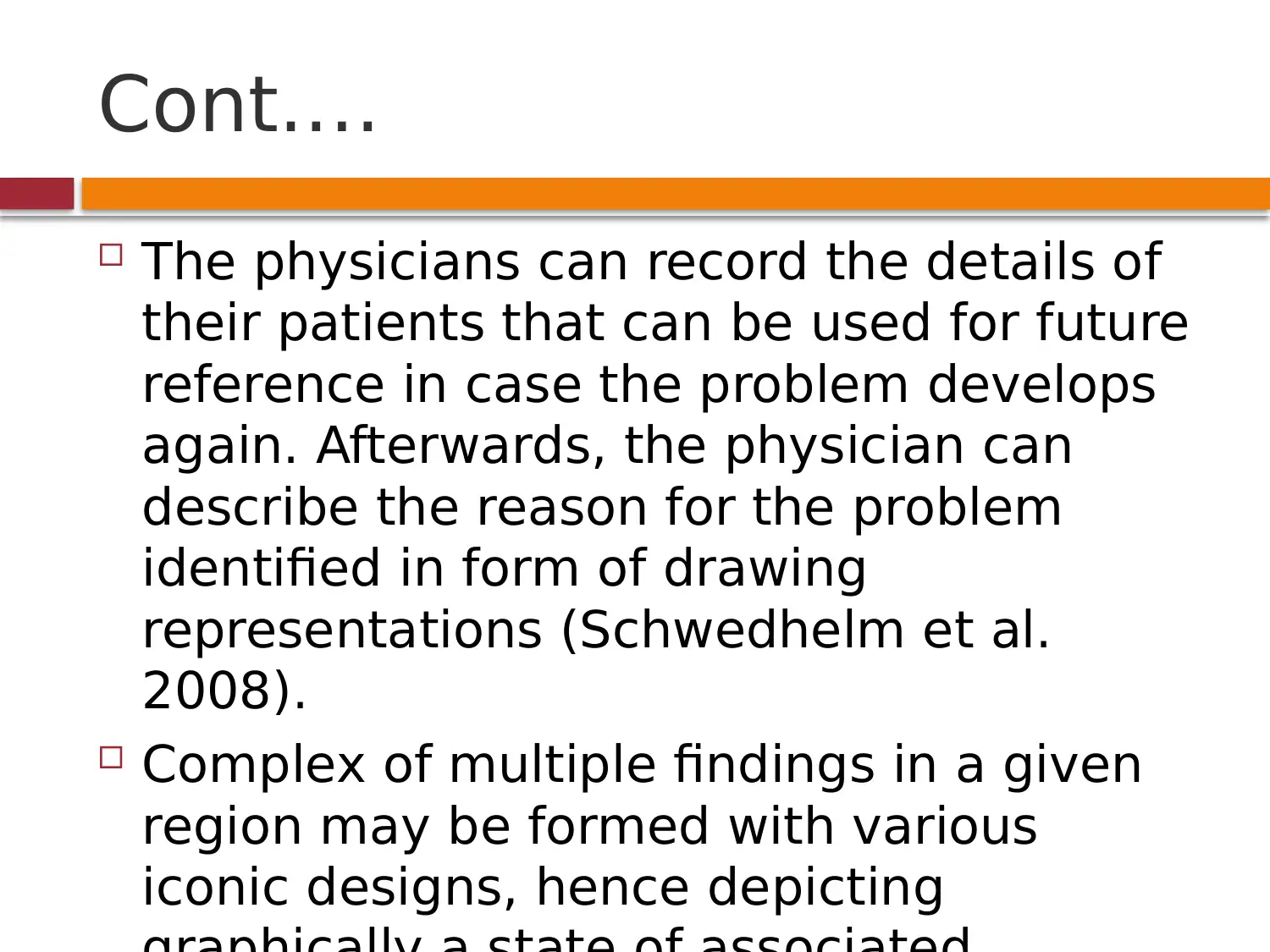

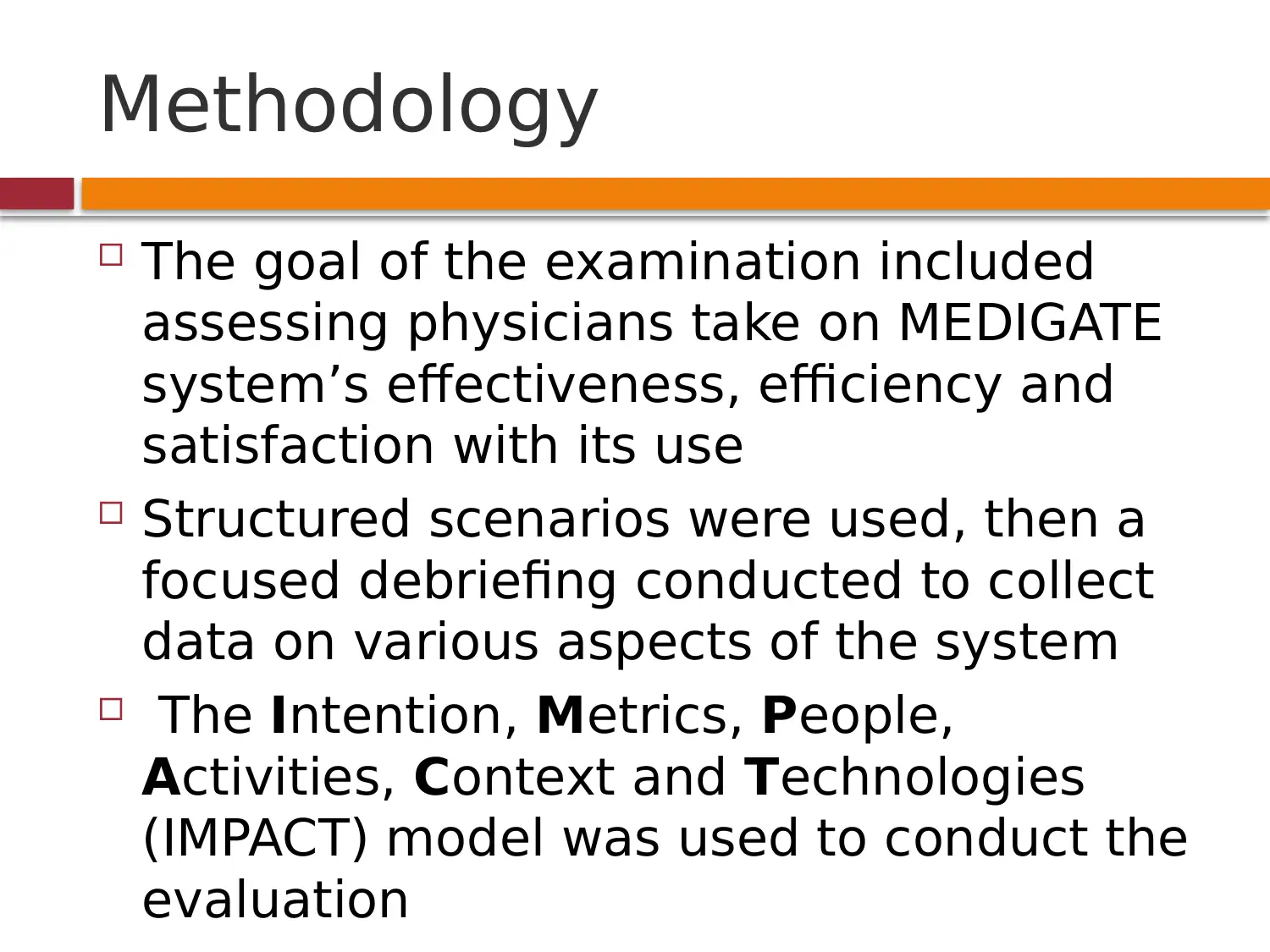
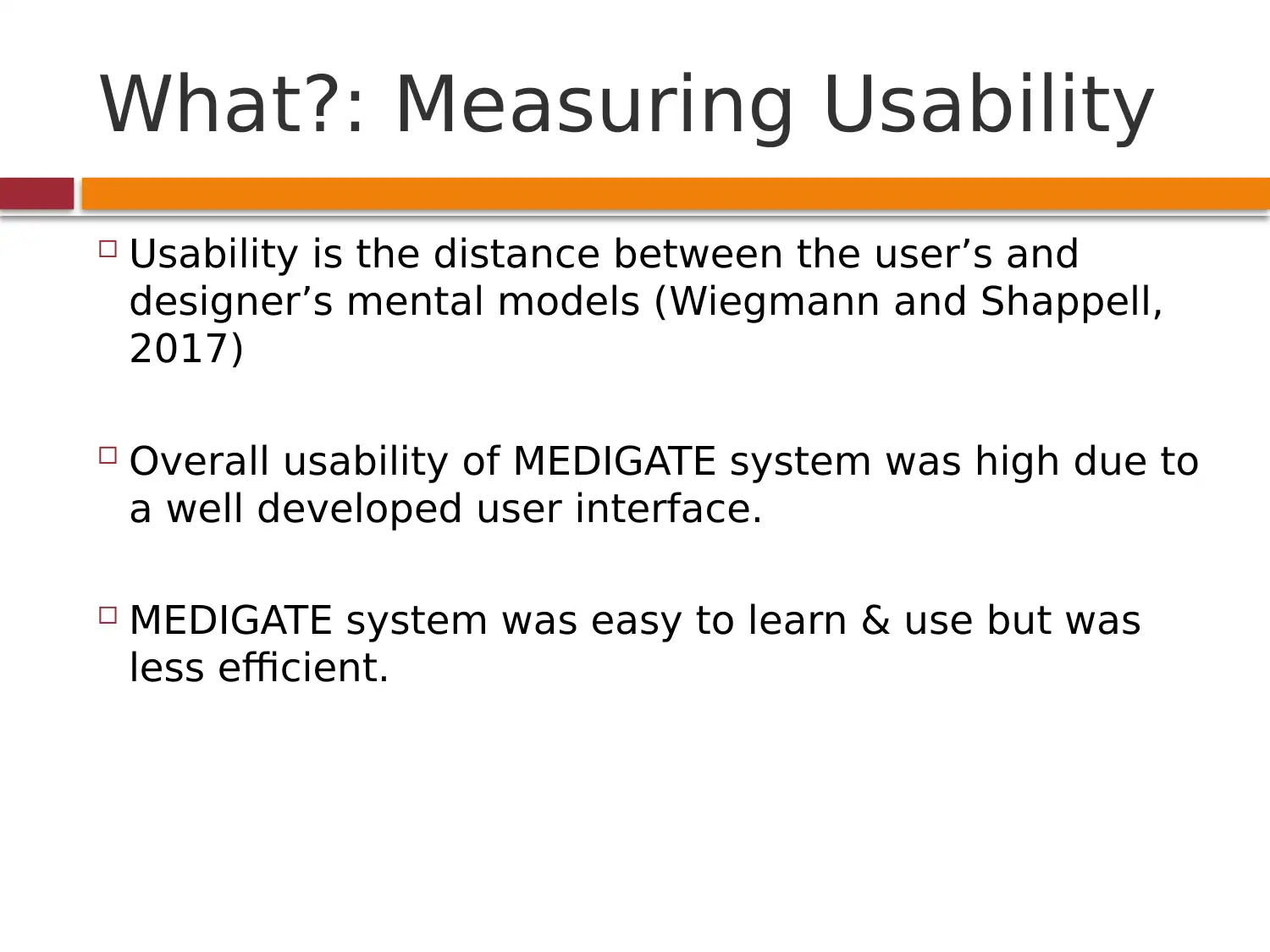
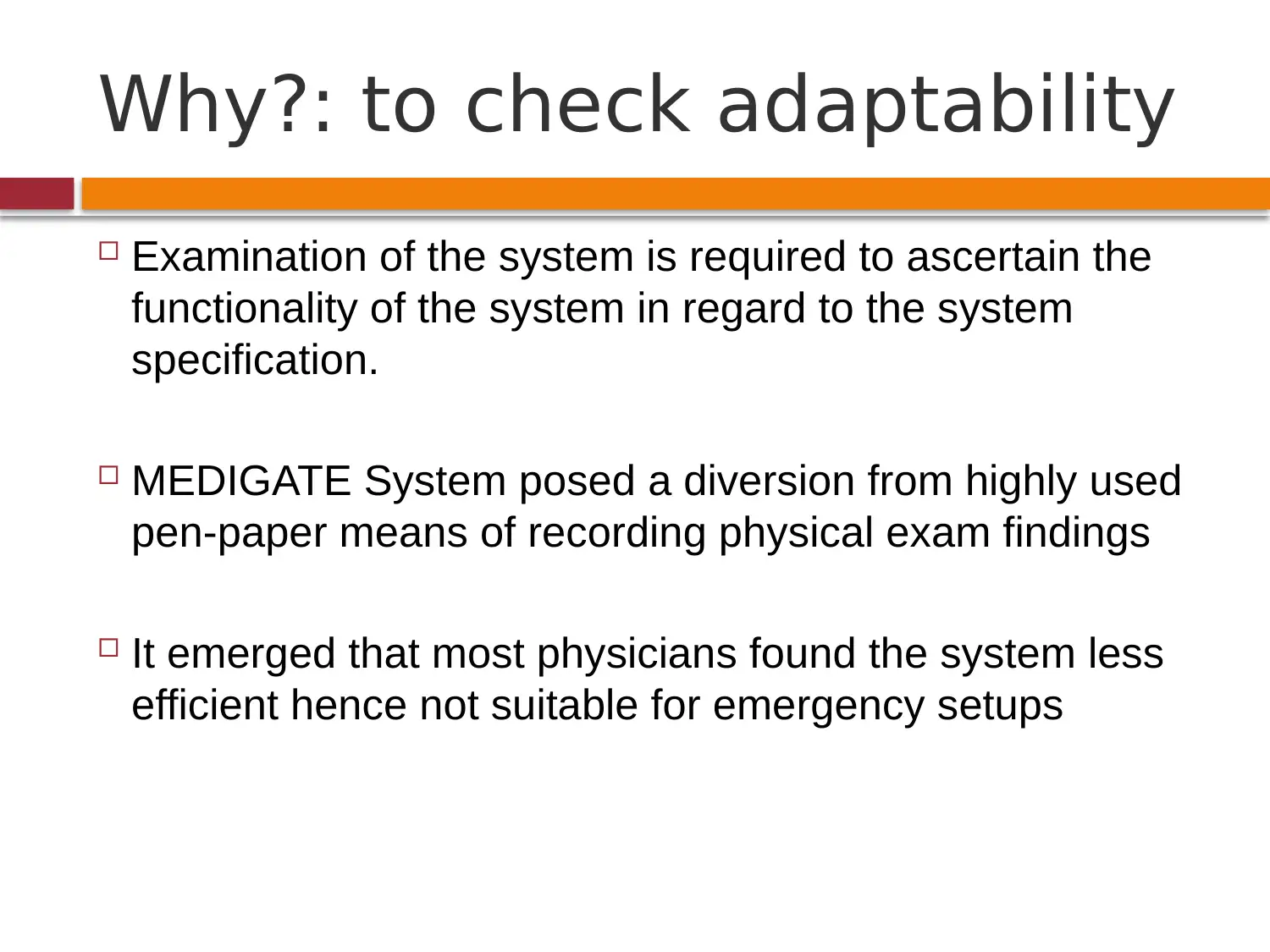
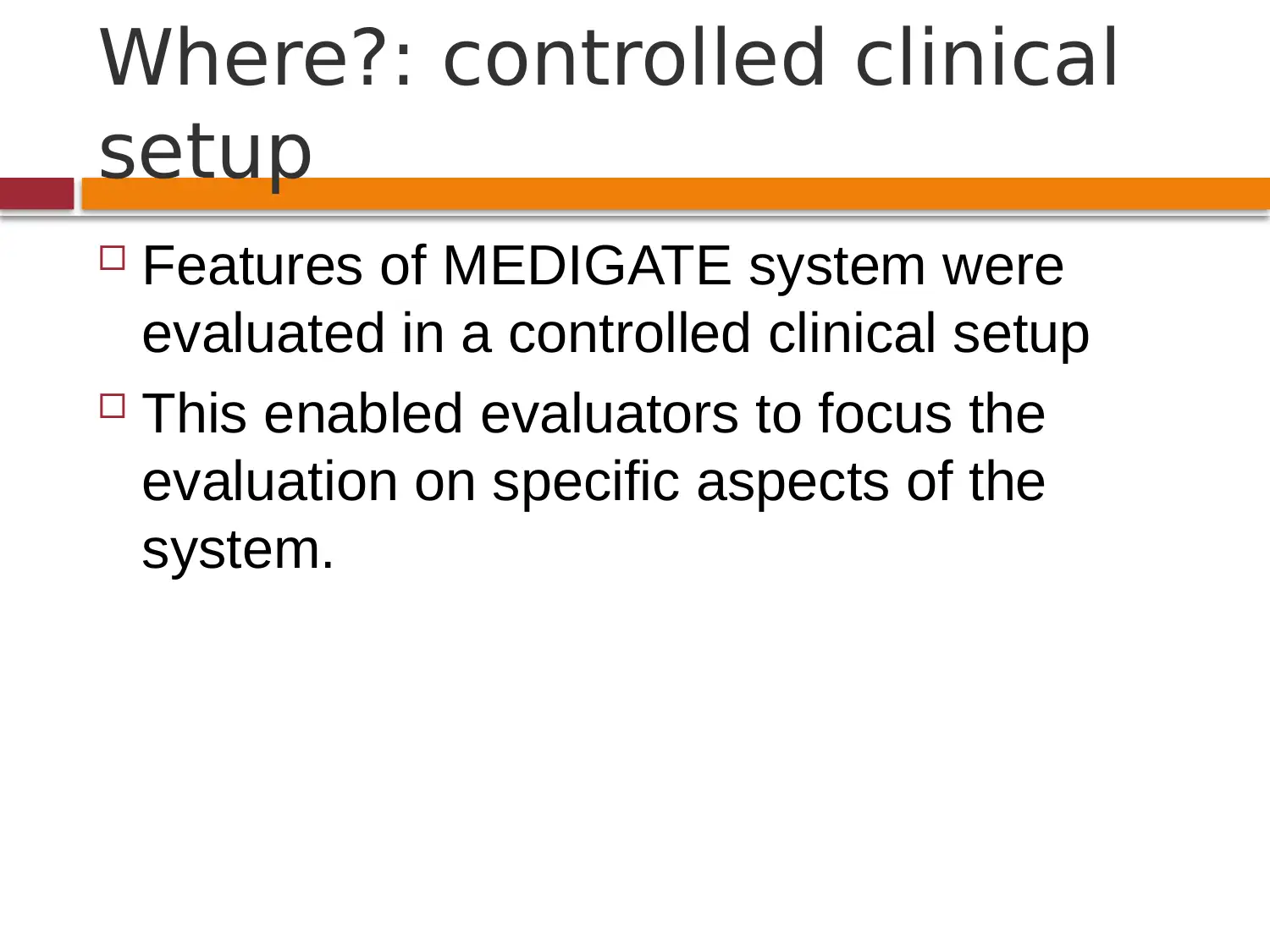







![[object Object]](/_next/static/media/star-bottom.7253800d.svg)